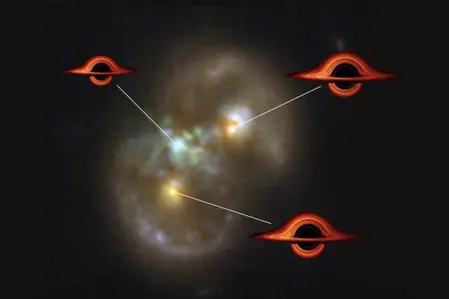T4K3.news
Star swallowing black hole may trigger new supernova
Researchers link SN 2023zkd brightening to star black hole interaction in a distant system.
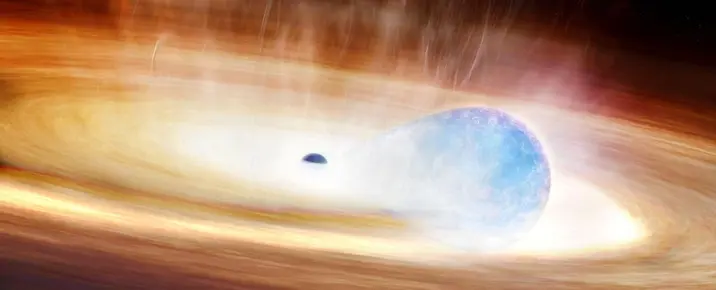
A dying star in a tight orbit with a black hole may detonate in a rare way, reshaping ideas about how supernovae happen.
Star Swallows Black Hole Triggers New Type of Supernova
In 2023, astronomers detected a bright explosion in a distant galaxy. The event, named SN 2023zkd, began like a normal supernova but brightened again six months later, puzzling scientists.
A new analysis links the unusual rise to a star in a close orbit with a black hole. As the orbit decayed, the star shed mass and the black hole's gravity forced it to collapse, triggering the explosion. The first bright peak came from the blast hitting surrounding gas, while a second peak came from collision with material the star had ejected. Researchers used archival data and machine learning to spot patterns spanning four years before the explosion. The result is a bigger black hole in the end. The study will appear in The Astrophysical Journal and a preprint is on arXiv.
Key Takeaways
"Our analysis shows that the blast was sparked by a catastrophic encounter with a black hole companion."
Gagliano explains the mechanism
"We're now entering an era where we can automatically catch these rare events as they happen."
Gagliano on detection advances
"The end result is a bigger black hole."
Researchers describe the final outcome
"That means we can finally start connecting the dots between how a star lives and how it dies."
Editorial takeaway on broader significance
The finding challenges simple ideas about how stars die. It shows that interactions with compact objects can drive explosions in ways we did not expect. It also shows the power of ongoing sky surveys and AI tools to detect rare events early.
Still, one case is not a rule. Scientists need more examples to test the model. The work underscores both the promise of new data and the limits of interpreting a single event.
Highlights
- We're now entering an era where we can automatically catch these rare events as they happen
- That means we can connect how a star lives to how it dies
- The end result is a bigger black hole
- Archival data and machine learning revealed a hidden pattern
The cosmos still hides drama, waiting for the next eye that spots it.
Enjoyed this? Let your friends know!
Related News
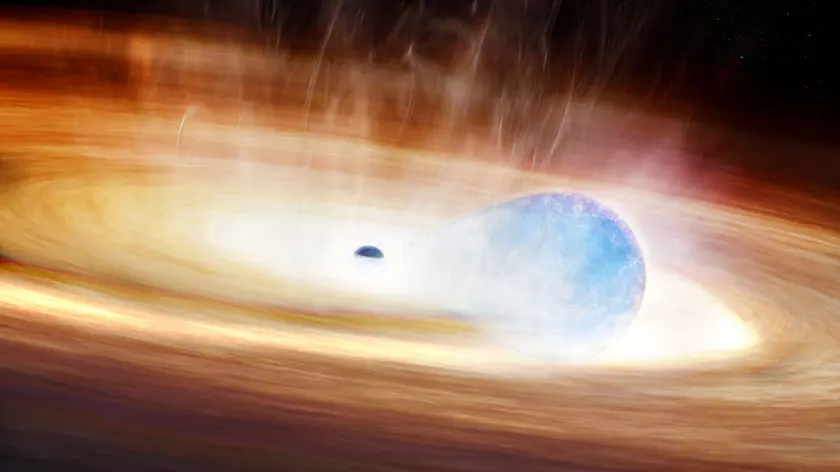
Star and Black Hole Trigger Rare Double Supernova
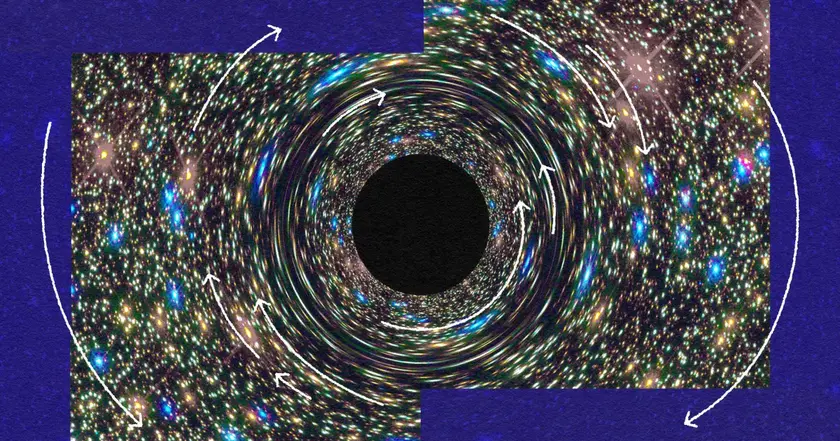
Cosmic Horseshoe Reveals Heaviest Black Hole Yet
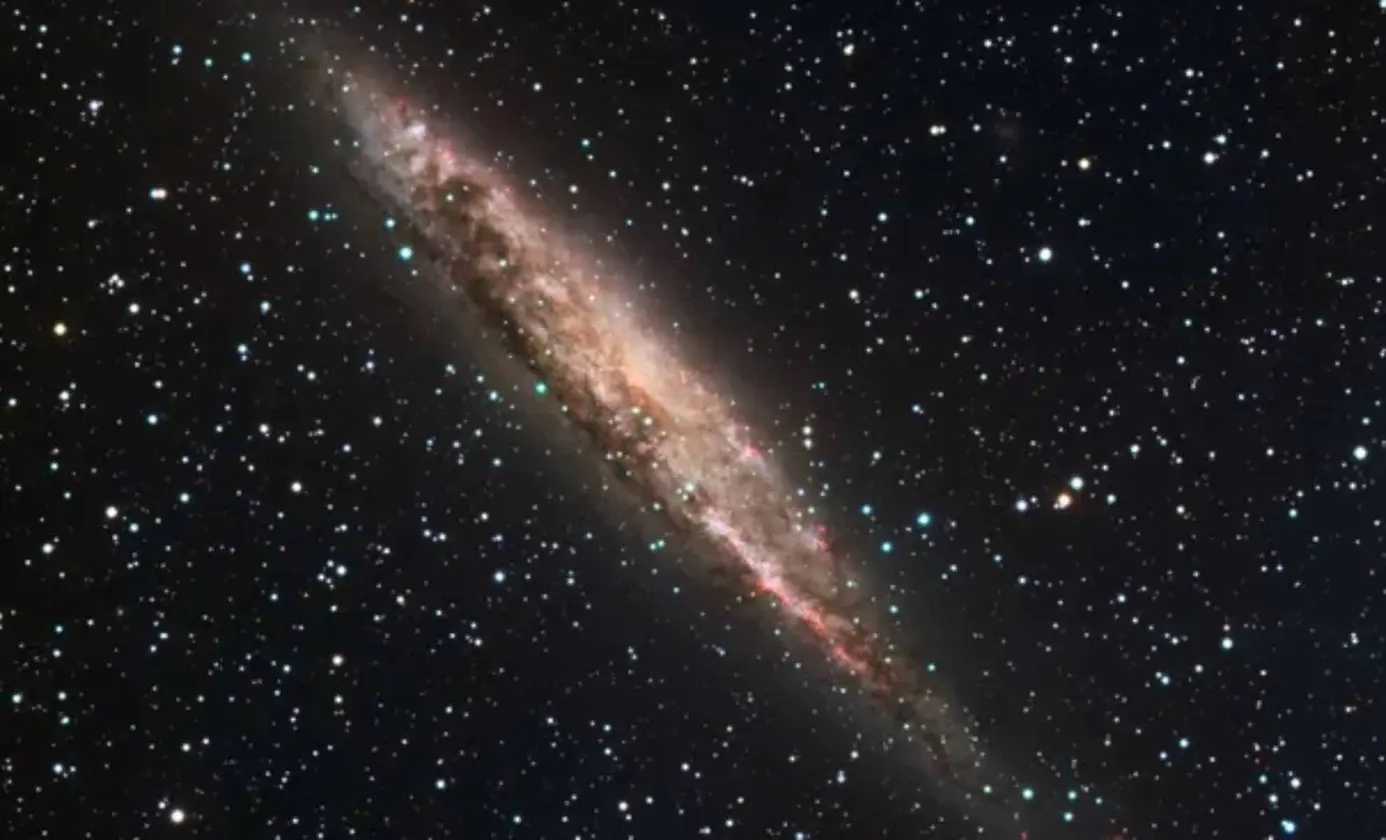
Bright Cosmic Object Defies Known Categories

Astronomers capture first evidence of supermassive black hole formation
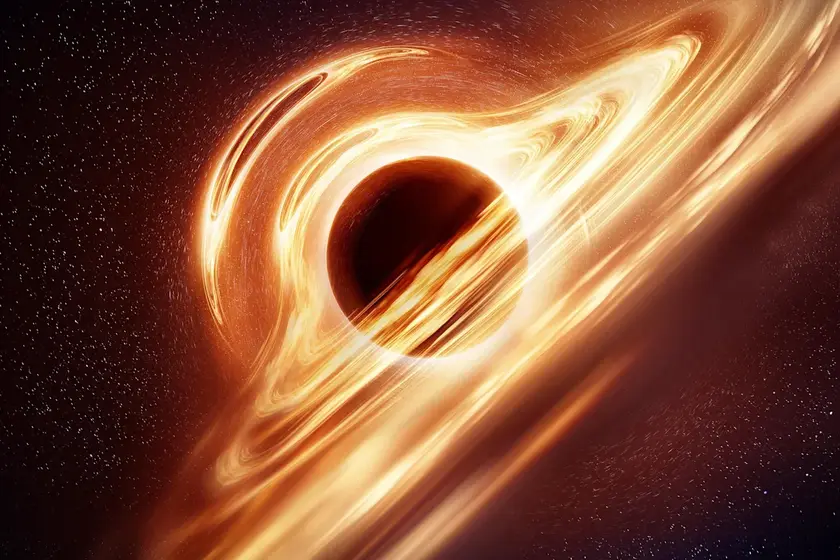
James Webb Telescope may have found early cosmic light sources
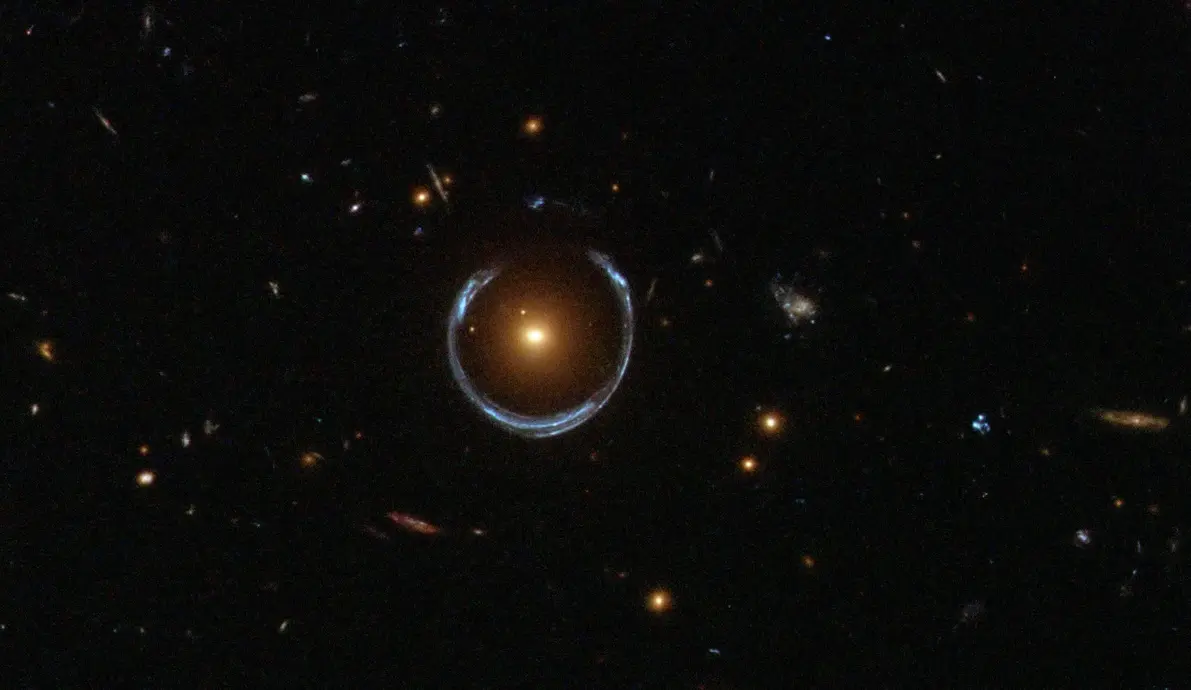
New black hole discovery made with mass of 36 billion suns
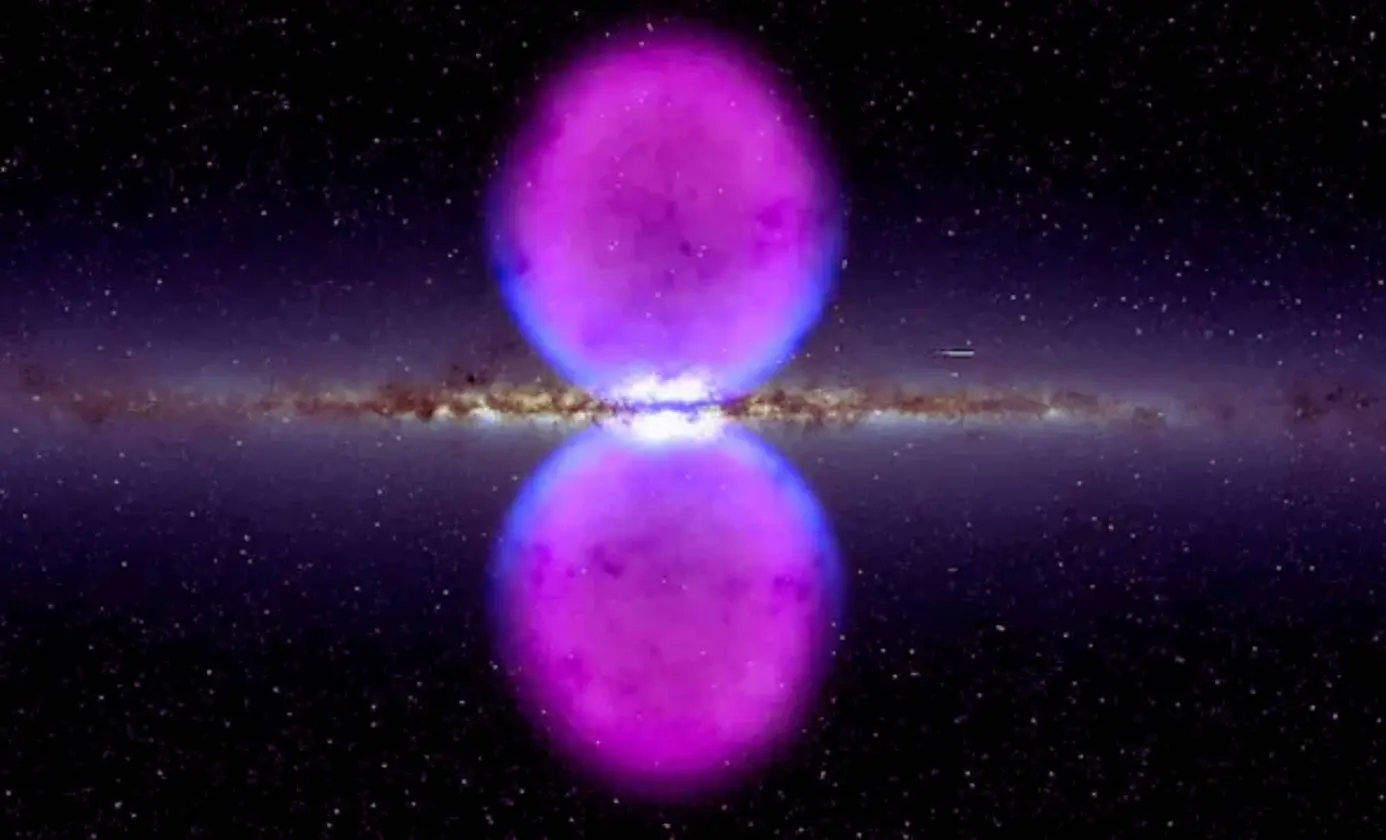
Ice Cube Clouds Signal Recent Milky Way Outburst
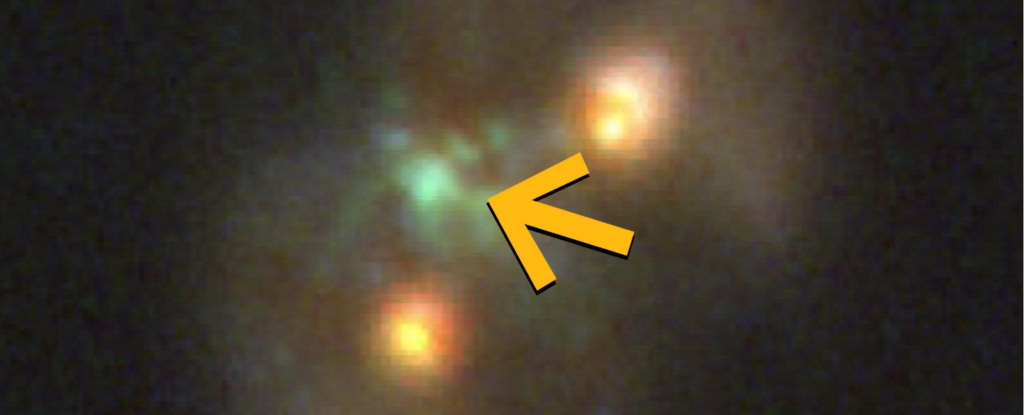
Discovery of Possible Supermassive Black Hole Formation
